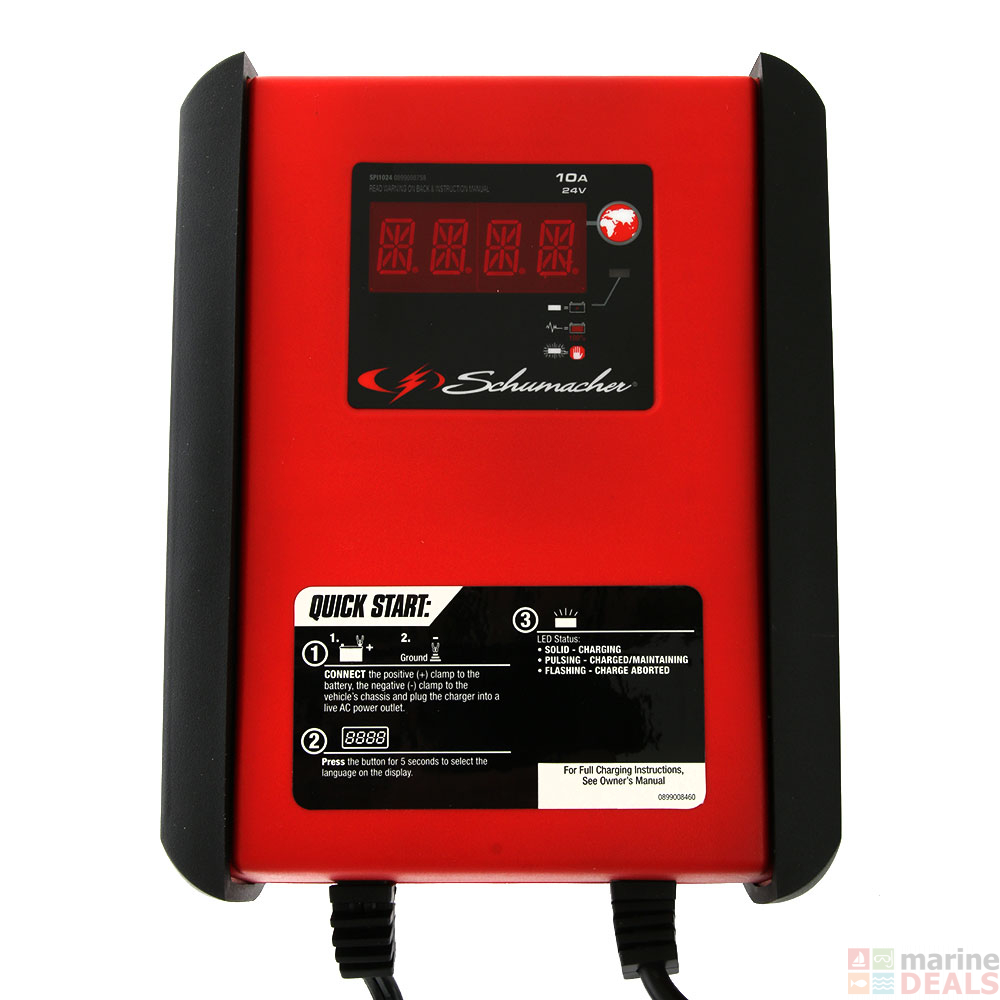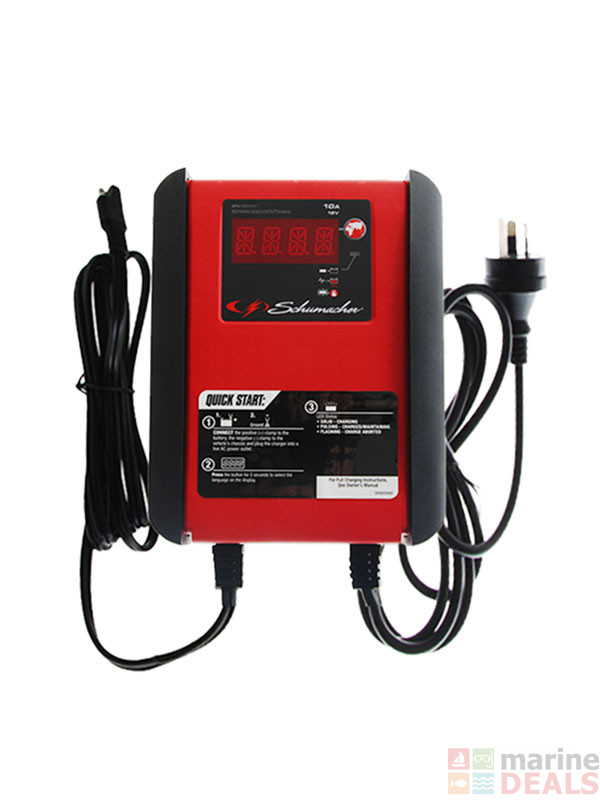

What is the best location for an SST sensor on a saltwater-fishing boat? A through-hull installation (be it a stand-alone sensor or one built into the transducer) represents the best choice because the sensor is completely submerged most of the time, resulting in the most accurate sample of the SST. You don’t have to haul the boat either a valve in the housing prevents water from gushing in. The through-hull housing lets you easily remove and replace the sensor from inside the boat. In this case, sensor replacement is the answer, but Airmar’s HT200 makes this process easier. Read Next: Using Sea-Surface-Temperature Instruments This can happen in stand-alone sensors, as well as those integrated into a transducer, and might result in a widely inaccurate reading (that cannot be adjusted via calibration) or no reading at all. Since the sensor is working all the time (even when your electronics are turned off), it can wear out completely after years of use.
#Dytek marine automatic battery charger manual manual
Each brand uses a slightly different method within the user interface, so check your owner’s manual to find the process for your machine. If the SST on your boat instrumentation is significantly different, you can usually adjust the temperature a few degrees using the calibration function in your gauge or MFD. Lower the thermometer on a cord from the side of the boat to the same depth as the sensor, leave it in for a few minutes, then pull it back up and compare the readings. So it pays to periodically check the accuracy of your SST readout against a known source, such as a pool thermometer. Accuracy IssuesĪn SST sensor will likely be accurate out of the box, but the resistance-temperature detector (basically a spring) inside the sensor might degrade over time. This graph illustrates sudden changes in SST-such as an offshore temp break-that might go unnoticed by looking at numbers alone. On the Lowrance HDS Live MFDs, a colored line and digits are shown at the top of the sonar screen when you toggle on the temperature graph in the menu. Many MFDs show water SST trends in an onscreen graphic. Airmar’s HT200 sea-surface-temperature sensor requires a hole in the bottom of the hull. The SST data can be shared to other displays on the network. According to Airmar, the HT200 features a bronze sensor surface larger than that of sensors integrated into sonar transducers for greater precision and quicker response to changes in temperature. Skippers who prefer a dedicated SST sensor for their MFDs opt for models such as Airmar’s HT200, a through-hull flush-mount sensor that connects to an MFD’s NMEA 2000 network. The transducer cable and connector carry the SST data to the MFD, so there’s no need for separate wiring or cabling, and the readout can be shared across the NMEA 2000 with compatible MFDs and gauges. For instance, Airmar’s popular B175HW through-hull tilt-element transducer is available with a built-in SST sensor. SST data on many MFDs is fed by a sensor integrated into the transducer. When you have a dedicated temp gauge front and center on your dash, you’re more likely to keep an eye on it.” “The downside is that you’re already using these screens for so much other information. “The built-in readouts on MFDs provide offshore anglers with all the information needed to find fish-holding breaks,” Heffernan points out. The Raymarine i70s plots water-surface-temperature trends.

Yet anglers in the know frequently turn a ho-hum trip into an oh-wow day with the data supplied by temperature readouts.

Sea-surface-temperature instrumentation might be the most underutilized aspect of marine electronics on a fishing boat. The long offshore run had proved immensely successful, due largely to having a high-end sea-surface-temperature gauge, and paying close attention to it. On nearly every subsequent trolling pass, we hooked a tuna, and we had our fill within an hour. We had found an offshore temperature break, and it was holding fish. As we boated the fish, Gaebel glanced at the sea-surface-temperature gauge and informed me that the water had warmed by nearly 2 degrees in a very short distance. Then, just as we prepared to tack for home, a strike on the starboard line gave us reason for optimism. Ninety miles from port and running out of hope, my fishing buddy, John Gaebel, and I were struggling to find a tuna bite. Carefully monitoring offshore sea-surface temperatures can help you identify tuna-holding temp breaks.


 0 kommentar(er)
0 kommentar(er)
